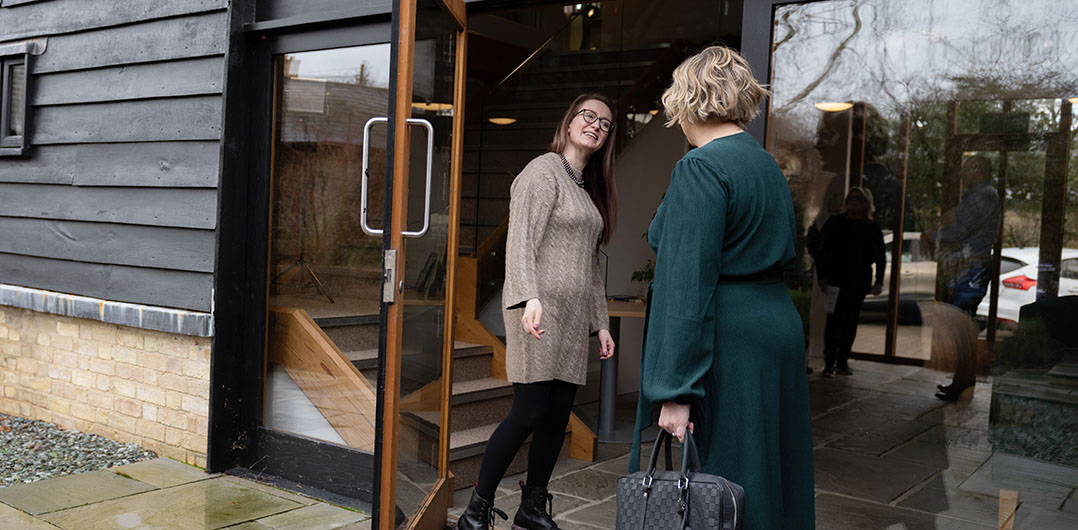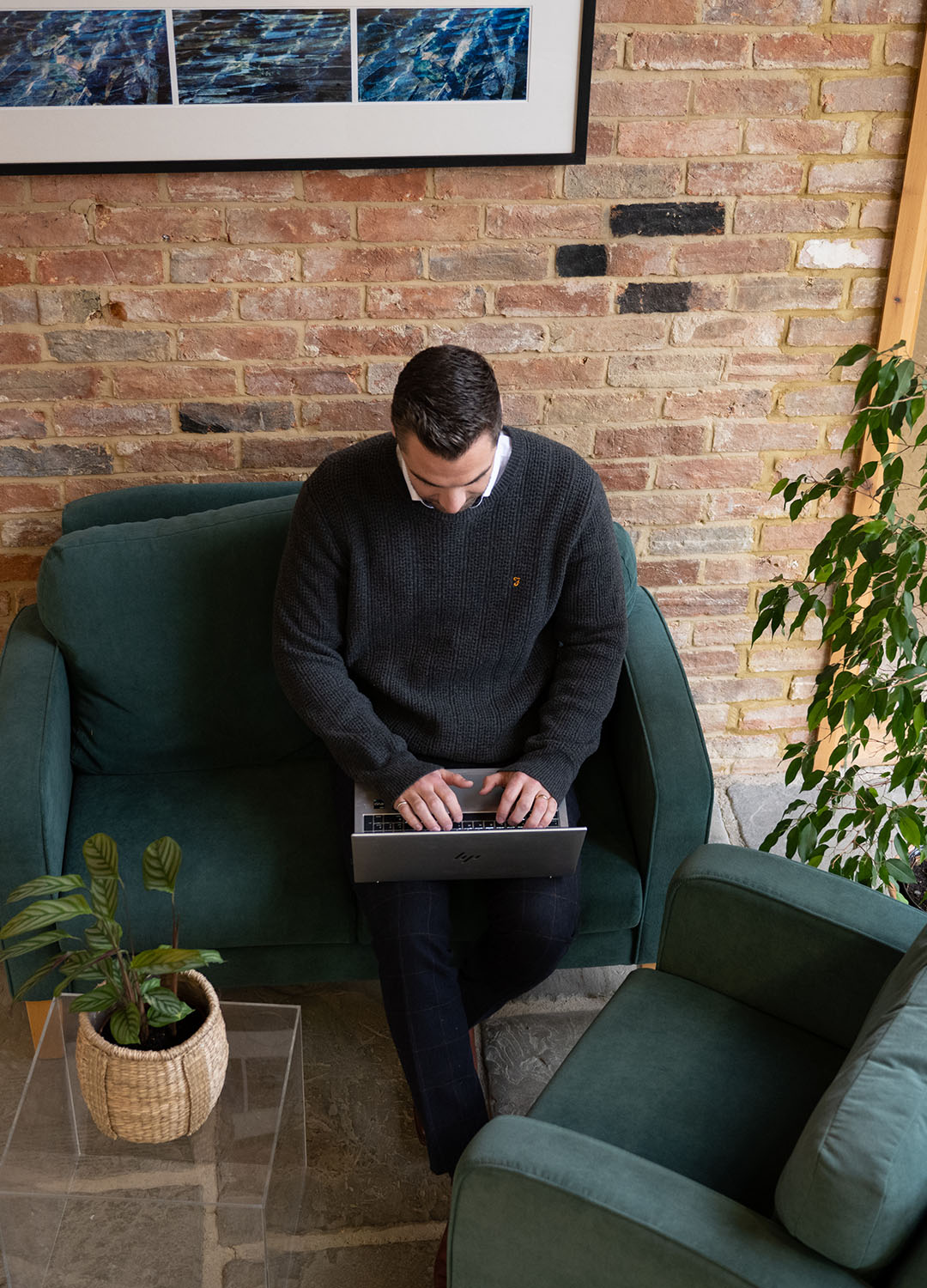Registered Design Rights

Registered Design Rights: Protect and Maximise the Value of Your Designs
Your product’s visual design is more than just aesthetics – it’s a powerful business asset. In competitive markets, distinctive styling, shapes, and surface patterns help your products stand out, build brand identity, and influence customer buying decisions. But without protection, those original features are vulnerable to imitation.
Registered Design Rights give your business the legal power to stop others from copying or exploiting your design without permission. They can be a crucial part of an overall IP strategy – helping you maintain market exclusivity, deter competitors, and unlock commercial opportunities through licensing or enforcement.
Whether you’re developing consumer products, industrial equipment, fashion items, or packaging, securing Registered Design Rights ensures your designs are not only protected but actively contribute to your competitive edge. From start-ups to global companies, this form of IP protection strengthens brand value and supports long-term growth.
Stratagem works with businesses to register, manage, and enforce their Registered Design Rights with confidence. We simplify the process, tailor advice to your commercial goals, and ensure your design portfolio delivers real-world impact.
What is a Registered Design Right?
Registered Design Rights protect the visual appearance of a product – including its shape, texture, surface decoration, configuration, colour, and pattern. While patents protect how a product works, Registered Design Rights focus on how it looks.
Once secured, these rights give you exclusive legal control over your design – preventing others from making, selling, or using a similar appearance without your permission. Registered Design Rights last up to 25 years, provided you renew them every five years, making them a cost-effective way to protect the distinct identity of your product.
For businesses developing innovative, customer-facing, or design-led products, Registered Design Rights offer a powerful advantage. They safeguard the value of your visual IP, reinforce your brand identity, and stop competitors from eroding your market share through imitation.
Criteria for a Registered Design
To qualify for protection under Registered Design Rights, a design must meet two essential criteria: it must be novel and possess individual character. Novelty means the design should not be identical to any earlier published design, while individual character ensures it creates a noticeably different overall impression from existing designs.
Although most jurisdictions do not examine designs for novelty or individual character before registration, these elements are crucial if you ever need to enforce your rights. If challenged, your Registered Design Rights must stand up to legal scrutiny.
Once granted, these rights offer up to 25 years of protection – provided you renew every five years. Registered Design Rights are often more accessible and cost-effective than patents, making them an ideal choice for businesses seeking to protect the look and feel of their products.
Their visual focus makes Registered Design Rights especially powerful for protecting branded product designs, packaging, and promotional assets – helping you build recognition, strengthen your IP portfolio, and deter copycats.
What is Your Industry?
How the Design Registration Process Works
This process is relevant to businesses of all sizes – from start-ups filing their first Registered Design Rights to corporates managing global portfolios. Stratagem provides tailored support throughout the process, ensuring every design is aligned with your commercial goals and properly protected.
Initial consultation
A successful application for Registered Design Rights begins by identifying what makes your product visually unique. At this stage, we help clarify which aspects to protect and how design registration fits into your wider IP and commercial strategy. This step lays the foundation for strong, enforceable rights.
Filing an Application
A well-prepared application includes detailed visual representations of your design. Depending on your objectives and the markets involved, these can include:
- Black-and-white line drawings for broad coverage
- Photographs, coloured visuals, or 3D renders for more realistic representations
- Multiple views (top, bottom, side, front, back, and isometric) to ensure complete protection
Once visuals are finalised, the application is filed with the relevant Intellectual Property Office. Careful handling at this stage helps avoid costly errors or limitations down the line.
Registration and Renewal
Ongoing Protection and Enforcement
Monitoring for potential infringement, sending cease and desist notices, or taking formal legal action may all be necessary. Regular register checks and competitor watch services help you act early and protect market share.

Why Choose Stratagem?
Protecting your product’s design is about more than just filing paperwork – it’s about securing long-term competitive advantage. With Registered Design Rights, your business gains legal control over the visual identity of your product – and Stratagem provides the strategic support to maximise that protection.
From identifying your most distinctive visual features to managing enforcement across multiple markets, Stratagem delivers tailored services to ensure your Registered Design Rights add real commercial value. Whether your designs fall outside the scope of patent protection or are central to consumer recognition, our approach ensures nothing valuable goes unprotected.
Our experience spans the full lifecycle of Registered Design Rights – from initial registration to portfolio management, international protection, and strategic enforcement. This means you get proactive support designed to match your commercial goals, not just legal requirements.
For businesses relying on aesthetics to drive demand – such as consumer products, fashion, or industrial design – Registered Design Rights provide a fast, cost-effective way to protect what matters. Stratagem helps you secure exclusivity where it counts most: in the marketplace.
Whether you’re a start-up protecting your first launch, an SME scaling your brand presence, or a corporate managing an extensive suite of designs, Stratagem ensures your Registered Design Rights deliver measurable value – and evolve with your business over time.
Let’s Tailor Your IP Advice to Your Business Type
What Our Clients Say
FAQs about Registered Design Rights
What types of designs can be legally protected with Registered Design Rights?
Registered Design Rights protect the distinctive visual appearance of a product – not how it works, but how it looks. This includes shapes, contours, patterns, ornamentation, textures, surface finishes, and even colour schemes.
If these features are original and give your product its unique look, they may qualify for protection under Registered Design Rights.
From the sleek finish of medical devices to the structural design of lab equipment, and from innovative packaging in consumer goods to the distinctive housings of electronics, Registered Design Rights help businesses safeguard the visual elements that define their brand and drive customer recognition.
To be eligible, a design must be novel and have individual character. It must differ from previous designs and create a distinct overall impression. Registered Design Rights are especially valuable for businesses in competitive sectors where product appearance directly impacts market success.
Not sure if your design qualifies for Registered Design Rights? Seeking expert advice early can help assess eligibility, avoid missed opportunities, and build a strong intellectual property strategy that protects what makes your product stand out.
What information is required to file a design registration in the UK?
Filing a design registration in the UK starts with submitting high-quality visual representations of the design. These can be line drawings, photographs, or digital renderings, and must clearly show the design from multiple angles – typically including top, bottom, front, back, left, right, and an isometric view.
Black line drawings usually offer broader protection, but coloured images or 3D models may better suit certain products depending on their complexity.
The application also requires the applicant’s contact information and a short description of the design. It’s important to note that Registered Design Rights only protect the appearance of a product – not its function. So the description should focus on visual elements rather than technical features.
In the UK, applications for Registered Design Rights are submitted to the Intellectual Property Office (IPO). The process is relatively fast and does not involve an examination for novelty or individual character at the time of filing. However, these elements could be scrutinised later if the design is challenged. Once granted, Registered Design Rights can last up to 25 years, with renewals due every five years.
Carefully preparing your application can help avoid delays and increase your protection. If you are unsure how to present your design or need help navigating the filing process, speaking to an IP expert can ensure your Registered Design Rights are secured quickly and correctly.
Can a design be protected in multiple countries?
Yes, a design can be protected internationally. Many UK businesses start by registering their design with the UK Intellectual Property Office (IPO) and then extend protection to other countries within six months. This six-month period, known as the priority period, allows applicants to retain the original UK filing date when applying for registered design rights abroad.
There are two main options for securing international registered design rights. The first is filing separate applications in each target country, meeting the specific requirements of each jurisdiction. The second is through the Hague System for the International Registration of Industrial Designs, which enables protection in multiple member countries via a single application.
Expanding your registered design rights internationally helps prevent unauthorised use in global markets and enhances the value of your intellectual property. Since requirements vary between jurisdictions, expert legal advice ensures your international design strategy is both efficient and effective.
How long does a registered design last?
In the UK, registered design rights can last for up to 25 years, provided the design is renewed every five years. The initial registration grants exclusive rights for five years, with the option to renew in five-year increments up to the full 25-year term. If renewal fees are missed, the registered design rights will lapse, allowing others to use the design without permission.
Maintaining active protection ensures long-term exclusivity and guards against unauthorised copying or use. For businesses managing multiple registered designs, tracking renewal deadlines is crucial to safeguarding commercial advantage.
A strategic approach to renewals can help prioritise valuable assets and preserve key registered design rights. If needed, expert legal support can streamline the renewal process and help avoid unintended loss of protection.
What happens if my design is copied?
If someone copies a registered design without permission, the owner of the registered design rights has the legal authority to take action against the unauthorised use in the jurisdiction where protection has been granted. This may include issuing a cease-and-desist letter, seeking financial compensation for damages, or pursuing court proceedings to enforce those rights.
Legal enforcement of registered design rights involves asserting that the allegedly infringing design does not create a different overall impression from the original. Because registered designs focus on visual appearance rather than functionality, even minor alterations may not be enough to avoid infringement.
Taking swift action helps prevent revenue loss, brand dilution, and reputational harm. Regularly monitoring the market and engaging legal experts ensures that registered design rights are properly enforced and your intellectual property remains protected.
How can different types of intellectual property protect a single product?
A single product can benefit from multiple layers of intellectual property protection, with each type covering a different aspect of its commercial value. A patent protects how the product works, registered design rights safeguard how it looks, and trade marks protect its name, logo, or distinctive branding.
This combined approach ensures stronger, more comprehensive protection. For example, registered design rights help prevent competitors from copying a product’s unique visual appearance, while patents stop others from replicating the technical innovation. Trade marks then reinforce brand identity and recognition in the market.
Using a mix of intellectual property rights strengthens your market position, increases commercial value, and creates opportunities for licensing, partnerships, and investment. Incorporating registered design rights into your IP strategy ensures your product is protected from every angle and helps build long-term competitive advantage.

Secure Your Design with Expert Guidance
Protecting your design is a crucial step in safeguarding your intellectual property and unlocking its full commercial value. Whether you’re registering a new design, enforcing registered design rights, or refining your overall IP strategy, our experienced team is here to support you.
Fill in the form or call us on +44 (0)1223 550740 to book a free initial consultation. We’ll guide you through the design registration process and provide tailored legal and commercial advice to ensure your registered design rights are fully protected and working to strengthen your business.
Let’s secure your brand’s future — starting today.
